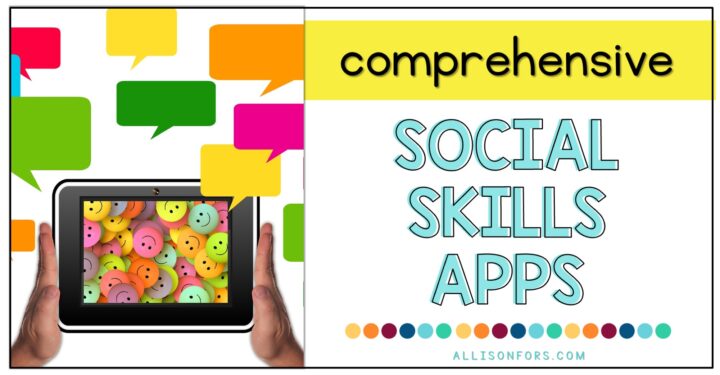
Figurative Language: Idioms in Speech Therapy
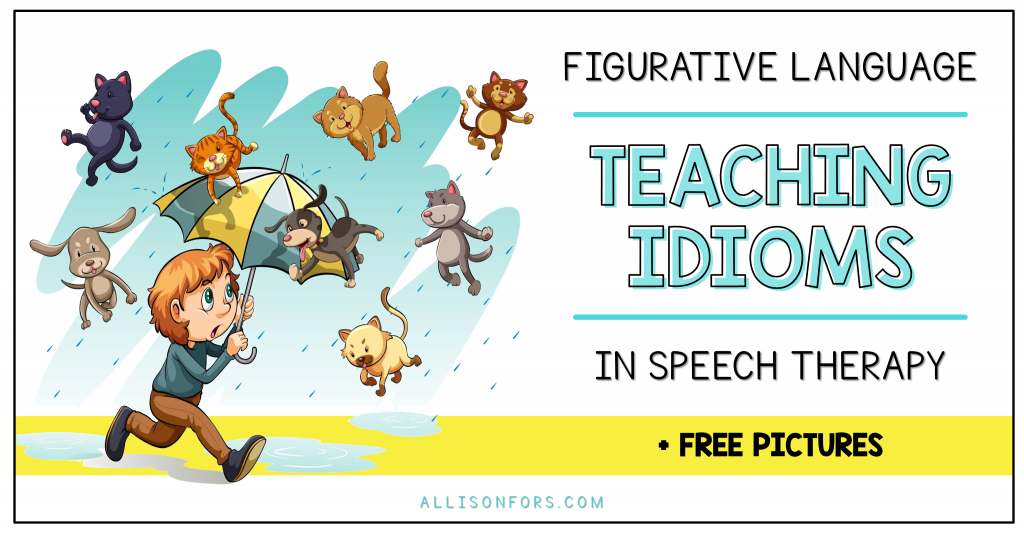
Idioms are a type of figurative language that speech-language pathologists work on because they are an essential skill to learn in order to communicate effectively, particularly socially. They are also important for academic success, especially in the secondary grades. Most students struggle with idioms because of a language disorder; they may also have a difficult time not taking things literally or simply haven’t had enough exposure to them.
What are idioms?
A phrase or combination of words that have a figurative meaning, differing from their literal meaning.
Why do we use them?
They help us make a point in a more impactful and efficient way.
There are tons of idioms! It’s estimated there are over 25,000 idioms in the English language! Their use is highly dependent on age, culture, and social groups.
Here is a list of more common idioms that I’ve organized into 2 levels, into what I considered simpler versus more complex. Certainly, these are not strict levels, and you may feel that some of these should be categorized.
Idioms Examples
LEVEL 1
• Have a seat
• Hang on
• Piece of cake
• Change your mind
• Calm down
• Up to you
• Lend a hand
• Give me a break
• Keep an eye on
• Butterflies in my stomach
• Hit the hay
• Back to square one
• It’s raining cats and dogs
• A couch potato
• You can say that again
• Horsing around
• Head in the clouds
• Out of the blue
• Turn the other cheek
• Picture perfect
• Play with fire
• Drag your feet
• Beat around the bush
• Have a blast
• Under the weather
• Hit the road
• Eyes in the back of your head
• Pushing the envelope
• Fishy
• Have a cow
• Cost an arm and a leg
• Look up/down to
LEVEL 2
• Icing on the cake
• Your guess is as good as mine
• Barking up the wrong tree
• The ball is in your court
• It’s on the tip of my tongue
• Shoot the breeze
• At the drop of a hat
• A little bird told me
• An open book
• Curiosity killed the cat
• Cold shoulder
• Two left feet
• Through thick and thin
• Once in a blue moon
• Call it a day
• Over the moon
• Cry over spilt milk
• Cut corners
• Throw in the towel
• It’s a small world
• Monkey business
• Red tape
• A picture is worth a thousand words
• Working against the clock
• Two peas in a pod
• Have a lot on your mind
• I’m all ears
• Break a leg
• Off the hook
• Can’t teach an old dog new tricks
• Rome wasn’t built in a day
• Keep a straight face
• By the skin of your teeth
• Practice makes perfect
• Taste of your own medicine
• The grass is greener on the other side
• Skeletons in your closet
• Coming out of your shell
• Bend over backwards
• Going out on a limb
• All in the same boat
• Eye candy
• Green thumb
• Miss the boat
Free idioms pictures
I have a Pinterest board dedicated to figurative language and idioms. You can find pictures illustrating idioms to use in your sessions. This board also contains ideas and resources for working on idioms and other figurative language concepts.
Idioms are a skill that need to be memorized and therefore are usually not fun to teach or learn. I created fortune tellers to make the repetition for memorization more engaging! They are a great way to master 8 idioms before moving onto more.
Do you have any tips or fun ways you work on idioms with your students?

If you enjoyed this post, please share it!
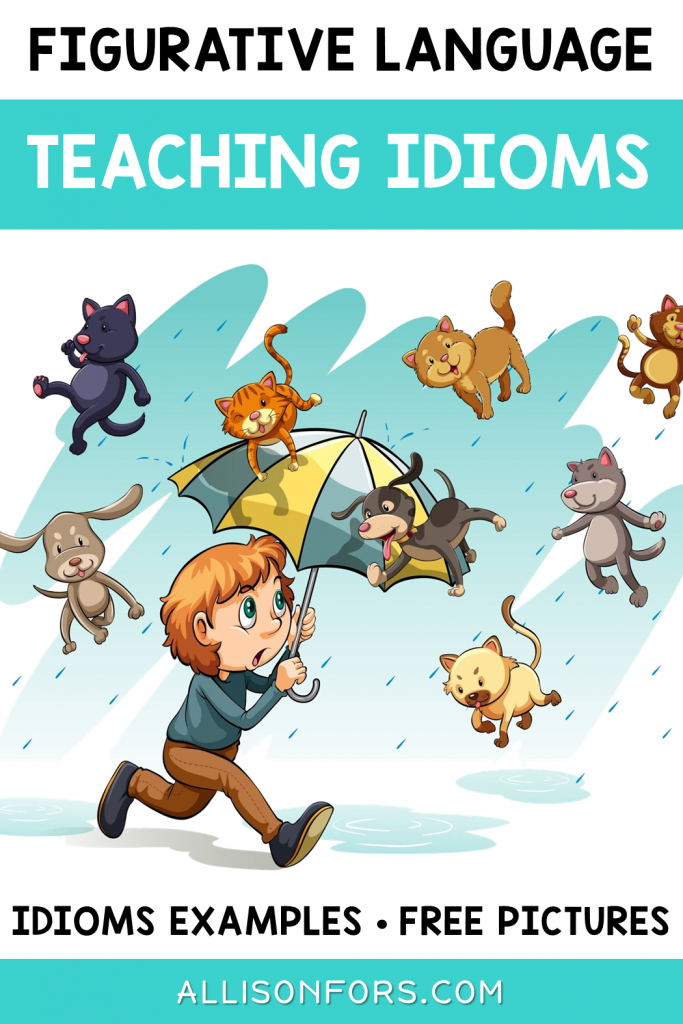



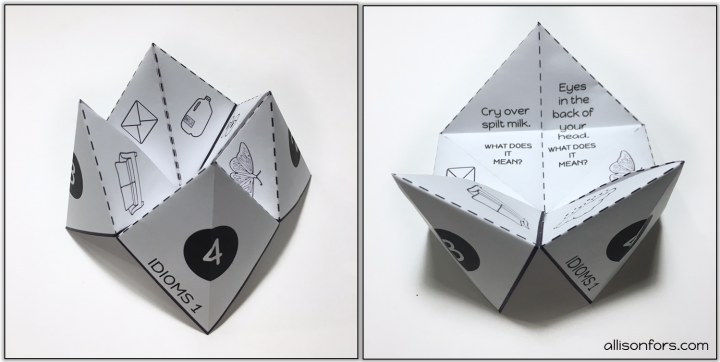
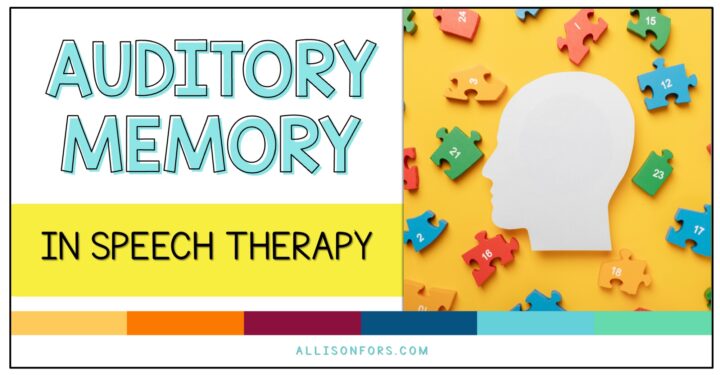
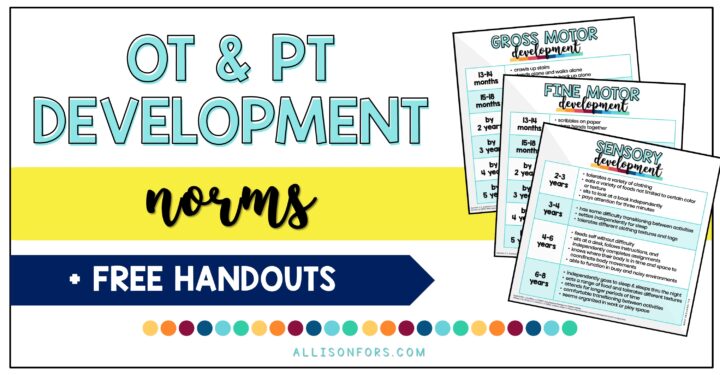
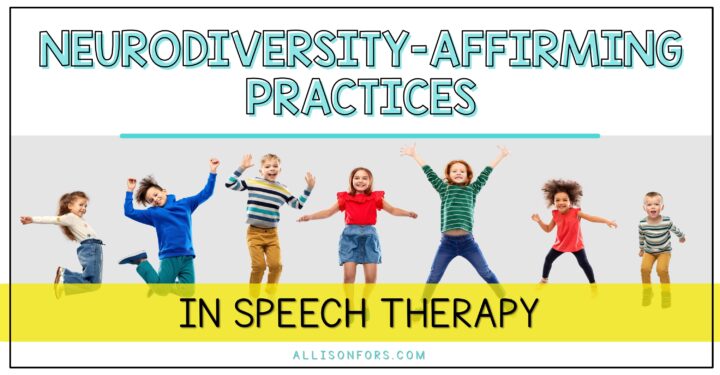

One Response
There is a great resource, an illustrated book called There is a frog in my throat by Loren Leedy
http://holidayhouse.com/docs/Theres_a_Frog_in_My_Throat.pdf